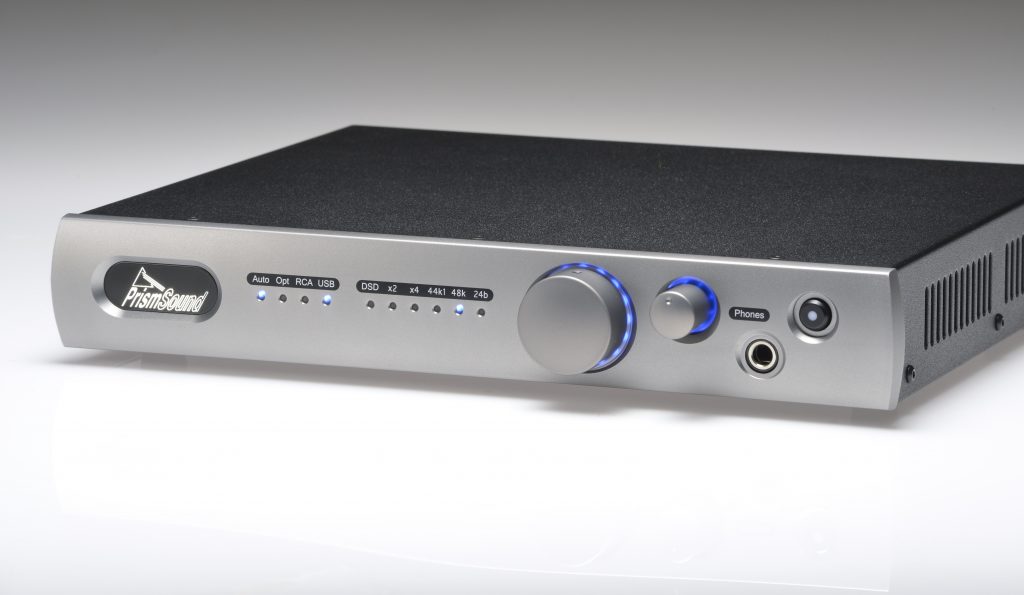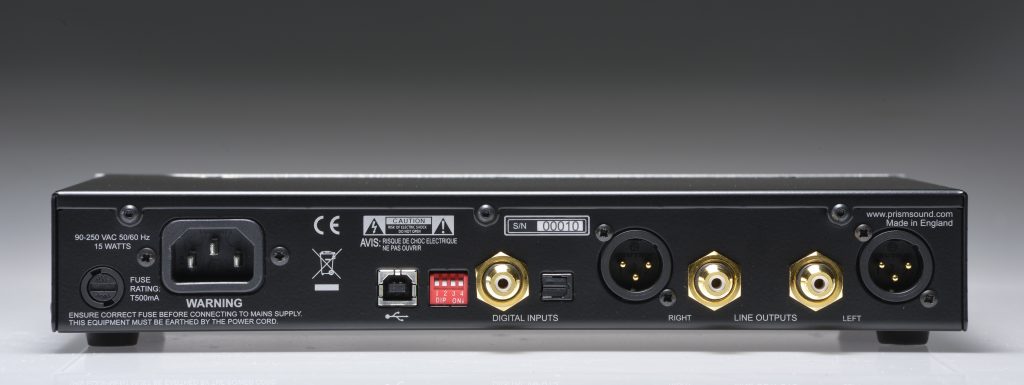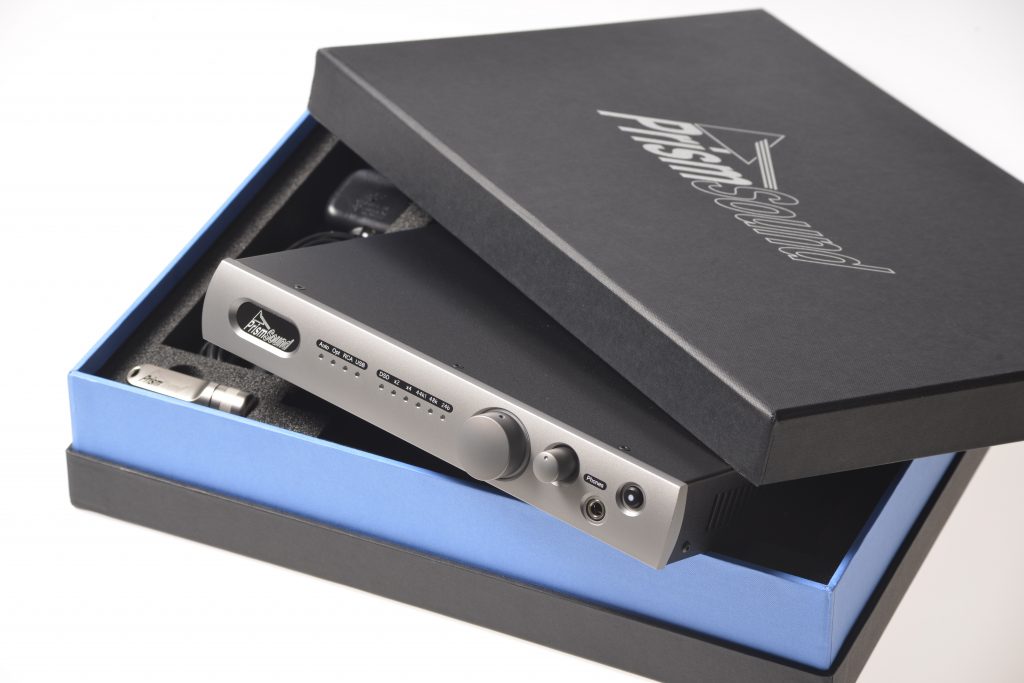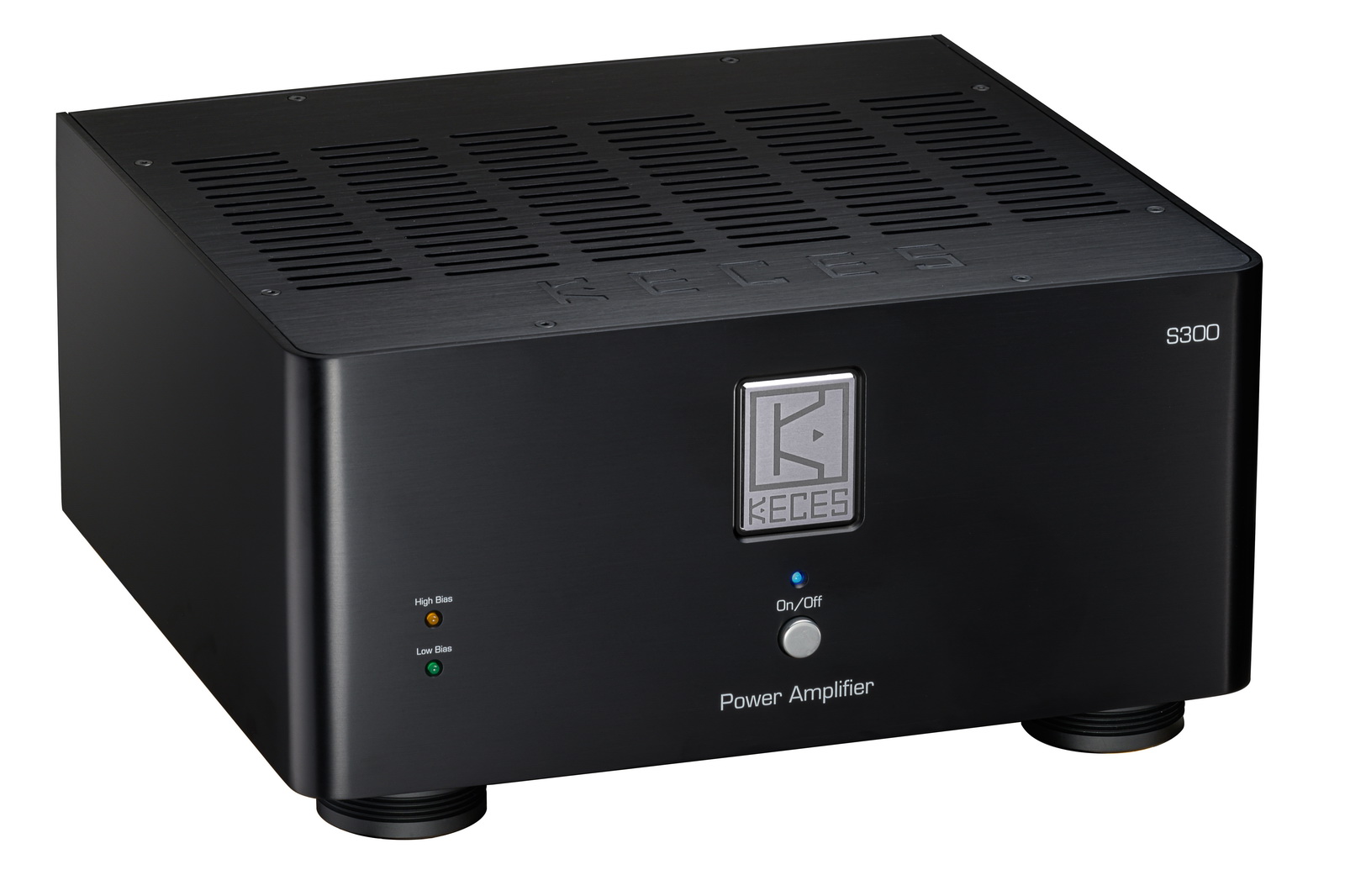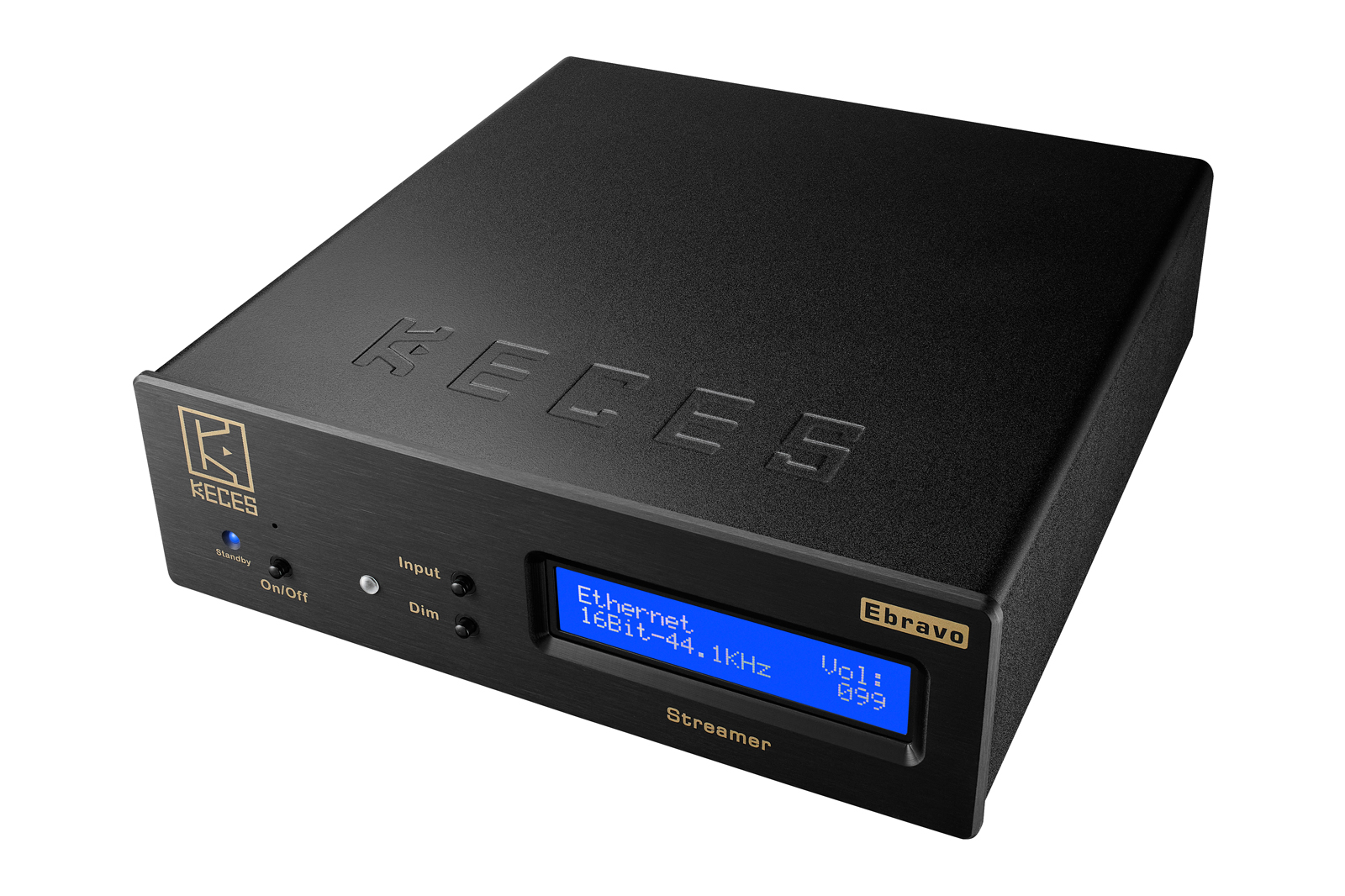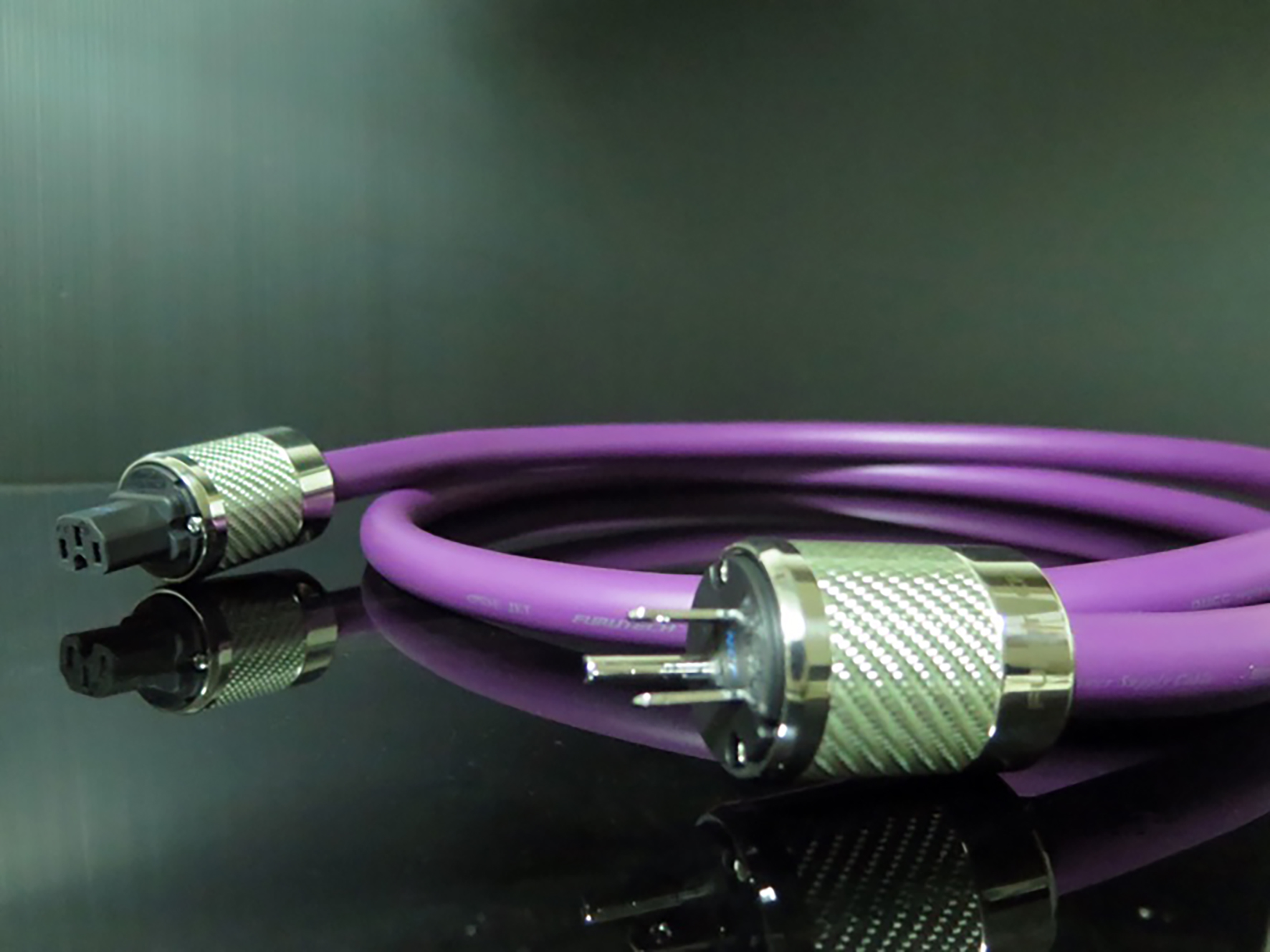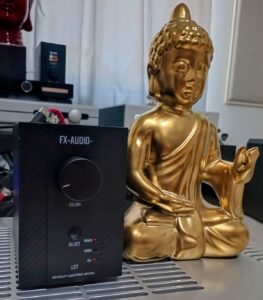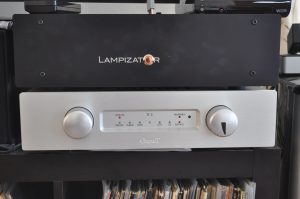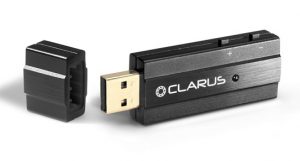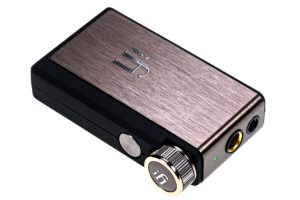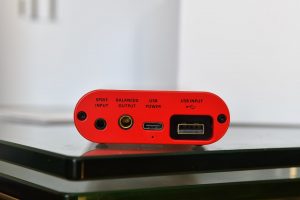Fidelity - a virtue peculiar to those who are about to be betrayed
Ambrose Pierce
"Fidelity to the source!" A ton of money has changed hands on the promise that some gizmo or recording can, "Put you right there next to the performers!" Unfortunately, those who actually make recordings are rarely content with raw footage. Making recordings is a messy business, and engineers have no qualms about adding a limiter to ease a shaky vocal performance or using gobs of Pro Tools to tame an overblown woodwind section. In their minds, these are decisions made by professionals, and intended for a vast audience…of earbuds, car speakers, or bluetooth devices. To paraphrase Browning, a music producer's reach should exceed her grasp, or what's a heaven for? Such choices will not please those of us who believe that the consummate audiophile experience is; a recording free of editorial intrusion. Such musical El Dorados, those purely analog recordings made on biodegradable tape with a conch shell mic, rarely occur in nature (or in profitable studios, for that matter).
No, we cannot control the recording process, but can't we at least hear the best version of the final product? High-end audio has always been about battling to obtain the "best" physical media (see: shaded dog wars of RCA-Victor). Computer audio takes this mania to a higher (lower?) level. The recent internet fistfights about dressing your digital files in an MQA cardigan or a good cloth FLAC jacket is only the most recent skirmish. Nobody melts down a record to see what's in it, but some enthusiasts are taking their downloads to the audio assayers office to check for purity. Even if you are secure that your digital files are of highest quality, however, there's still the matter of finding a DAC that will convey them without mucking them up with audio dross.
Enter Prism Sound, a company with a substantial role in pro audio. Prism Sound is famous for producing top-flight equipment used for recording, mixing, overdubbing, and monitoring (among other services) everything from solo vocals to full orchestras, all at the behest of top studios and film companies. Based on their reputation for uncompromising quality in pro audio, I had no doubts that Prism Sound's new Callia USB Digital to Analogue Converter (DAC) and digital audio preamplifier could show off my supermodel DSD audiophile chestnuts. Unfortunately, those recordings comprise about 1% of my music collection. As the X song goes, what about the Minutemen, D.O.A., Big Boys, and the Black Flag? Will the Prism Sound Callia ruin the party by shining a tactical flashlight into the eyes of my favorite songs?
To find out, I unboxed the Prism Sound Callia USB Digital to Analogue Converter DAC, discerned that it is a roughly 11" by 9 1/2" by 2" gray box, and came with USB memory stick for downloading operating software. The size and weight of the Callia is perfect for my needs, as I find that big aluminum DACs hog too much rack space, while tiny plastic ones always seem to topple off from wherever I want them to stay. The Callia's front panel sports two round volume knobs (one large one for the whole unit, and one small one exclusively for headphones), a 1/4" headphone jack, a jaunty PrismSound logo, and two rows of blue LED lights.
On the rear panel, Analog line outputs include two XLR male sockets for balanced connection and two RCA sockets for unbalanced connection. The S/PDIF input allows for RCA coaxial or TOSLINK optical formats capable of handling PCM audio of up to 24-bit word length at sampling rates of 44kHz, 48kHz, 88kHz, 96kHz, 176kHz, 192kHz, and DSD64 in DoP frame. The rear panel also contains a number of DIP switches, which enable/disable line volume control, DSD headroom select, and headphone impedance setting. The USB port is a USB 2.0 B type device socket, enabling PCM audio of up to 32-bit word length at sampling rates of 44kHz, 48k,Hz 88kHz, 96kHz 176kHz, 192kHz, 352kHz, 384kHz and DSD64, DSD128 in DoP frame.
The overall look and feel of the Prism Callia is sufficiently spiffy to justify its $2750 retail price, but its unassuming size allows you place it in a more discreet location, if you prefer. Some might wonder what the blue LED lights are for, and I am sure that plenty of sharp-eyed readers are asking what the heck DSD "in DoP frame" is supposed to mean? Tackling the latter, the Prism Sound Callia's approach is reflective of its pro audio background. Most readers of this magazine will want to read the thorough explanation here: http://www.prismsound.com/hifi/dsdtech.php
For everyone else, just know that Prism Sound argues that its DSD to PCM conversion provides the best sound available, no matter what the native DSD camp might say. Again, Prism Sound's huge presence in the recording industry (especially ADCs) gives authority to their argument, but it's also a quagmire that I'm unwilling (and unprepared) to enter. Ultimately, I decided just to listen, and leave the "what if's" to others.
Continuing with the front panel display, the blue LED lights indicate the current sample rate of the file being played. One light is used for 44kHz and another for 48kHz. These lights are followed by x2 and x4 LEDs. Thus, a 96kHz source would light up the 48kHz light and the x2 LED (times two). A 352.8kHz source would show all of the lights being lit. Similarly, a DSD128 source would light up the DSD64 LED and the x2 light for DSD. What's more, if a PCM source has 16 active bits (or fewer), the '24b' LED is unlit, whereas it is lit blue to indicate a wordlength between 16- and 24-bits, or pink to indicate a wordlength greater than 24-bits (the latter is only possible in USB source mode). There is probably a pro audio reason why they don't use an Olympic scoreboard sized LED to post "352.8!" but the display seems to work pretty well. I quickly learned to recognize the LED pattern for each sample rate from across the room. In any event, if looking at LEDs for info is unimportant to you, the Callia DAC allows one to turn down (or off) the LED lights.
The Prism Sound Callia has a remarkably balanced sound. Too often, DACs are voiced to approximate someone else's conception of "analog" (which usually turns out to be diffuse and undefined) or "exciting" (read: insistently hyperactive). As mentioned earlier, I had fears that the Prism Sound Callia might be too much of a truth teller for my comfort. A straight playback of a recording can be a jarringly unpleasant experience. Playing the Rolling Stones mono version of "I Just Want to Make Love to You" on a highly resolving system, for example, can send even the most diehard glimmer twins faithful heading to the exits.
Fortunately, the mono version of this tune sounded like raw, abrasive, glorious racket. Just as intended, thank goodness! I can't blame the Callia just because Andrew Loog Oldham wanted to shock staid Britain with a muddy sounding rocking version of the famous blues tune. On other non-audiophile grade recordings, the Callia was revealing, but still eminently listenable. Unlike many DACs that tout "uncompromising" sound, Prism Sound has made good on its reassurance that the Callia is, "Tailored for listening to music." What that means, to me, is that the pre-fuzz box distortion of Bill Wyman's bass and the splashy amp reverb of the opening chords on "It's All Over Now" is wonderfully articulated; yet, both bass and guitar function as parts of a great rock song, not an exhibition of how many sounds a DAC can present in a recording. There is no denying that this DAC is more incisive than others are, and it is obvious that, for all of its desire to appeal to audiophiles, Prism Sound is unable to ignore its mania for accurate sound reproduction. Nonetheless, the Callia smooths off just enough spiky edges that one is able to enjoy the preciseness of the music at hand. The heightened anticipation when listening to the gradual layering of piano, bass, and electric guitar in the opening of the Stones's "Monkey Man" is enhanced by the Callia's unwavering focus on each instrument. The Prism Sound DAC enables you to discern each aspect of the careful layering of guitar, piano, and bass that begins the song. When Charlie Watts's drums thunders on the scene, the power and scope of the music is what I care about, not the provenance of the file.
Playing a swirling, multi-tracked studio delight like "Angelhead," by Supreme Beings of Leisure, the Callia enables the listener to unearth all of the subtleties of music hiding in the track. Soft counterpoint string accents, fading vocal harmony, and murky keyboard sound effects are all here for you to find them, yet none of isolated sounds ruins the cohesive illusion of exotic mystery that permeates the song's essence. The Callia's ease in illuminating aspects of a recording, while still maintaining the symmetry of the whole, continues when listening to "PRBLMS." This contemporary Grammy nominee recording is a lushly constructed, but harrowing, retelling of bad love and worse choices. The alternating vocal/rap performance about a relationship aimlessly collapsing into dissolution stands in relief to the Callia's accurate presentation of the hypnotic bass and music sample backdrop.
Next, I thought it was time to let the Prism Sound DAC pummel a few audiophile piñatas. I clicked on a bit of old school studio magic, Dean Martin's "In the Chapel in the Moonlight." Following the period instrumental opening, Martin's voice entering the scene is startlingly real, warm, and immediate. While I fully appreciate the virtues of a larger than life sound that one hears in some tubed DACs, I did not wish for anything more than the Callia's honest portrayal of this song. Hearing the Callia handle a superlative Blue Coast Music track ("Fragile" as sung by Christie Winn and accompanied on the piano by Henry Salvia) illustrates how impactful a song can be, sans audio playback sweeteners. Although most of the time spent with the Callia was the usual knockabout with faded rock stars and long-gone bluesmen, listening to a number of Brahms pieces played by the Budapest Festival Orchestra, conducted by Ivan Fischer, convinced me that the Callia is an exceptional match for the classical music enthusiast.
Prism Sound believes that the Callia DAC is successful because, among many other features, it has incorporated a superb jitter management system, as described on their website: "CALLIA uses the same 'CleverClox' hybrid digital phase-locked loop (DPLL) circuitry as Prism Sound professional products. Prism Sound digital audio products re-generate ultra-stable clocks for best quality conversion." I have no way to verify the advantages of the CleverClox, much less argue for or against its implementation, but I can say that the Prism Sound Callia is a very fine DAC, indeed. The fact that it is also a superb headphone amp/DAC makes it excellent value, too. Recommended.
Prism Sound Callia USB Digital to Analogue Converter (DAC) and Digital Audio Preamplifier
Retail: $2750
Prism Sound




